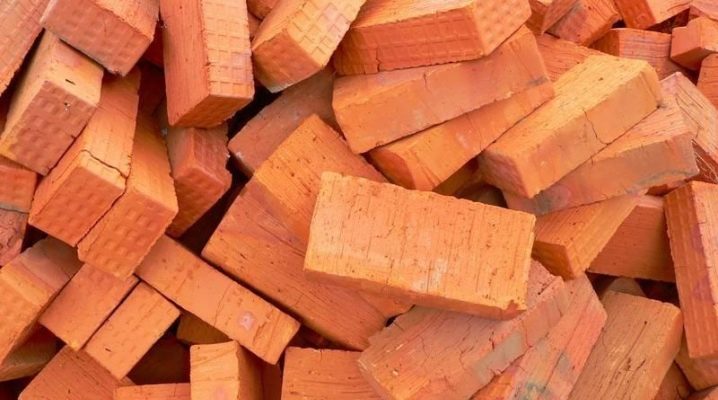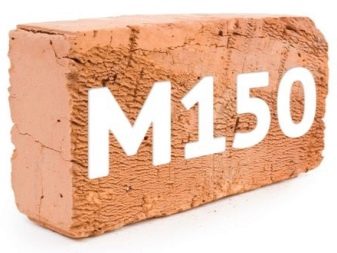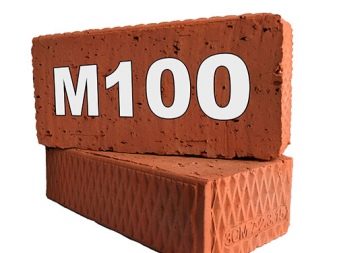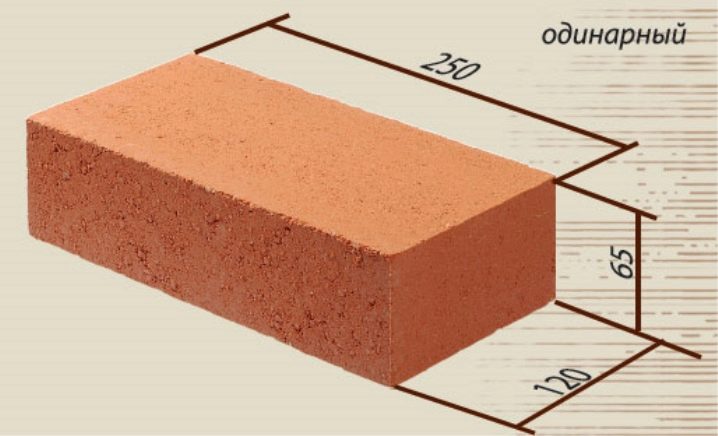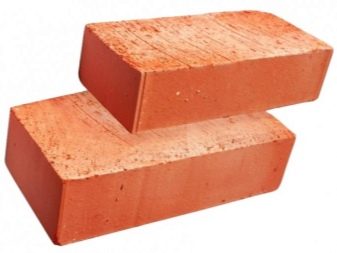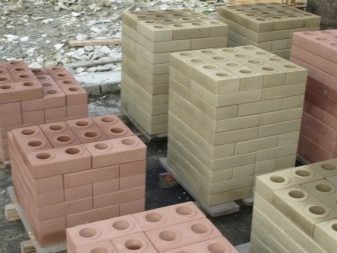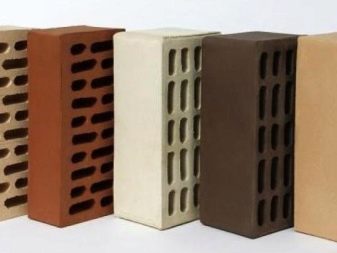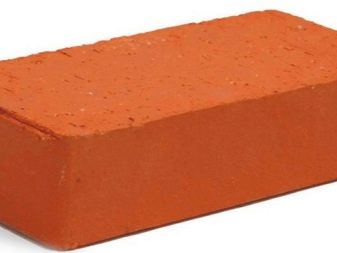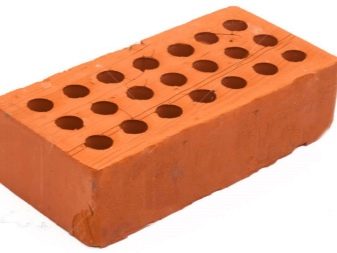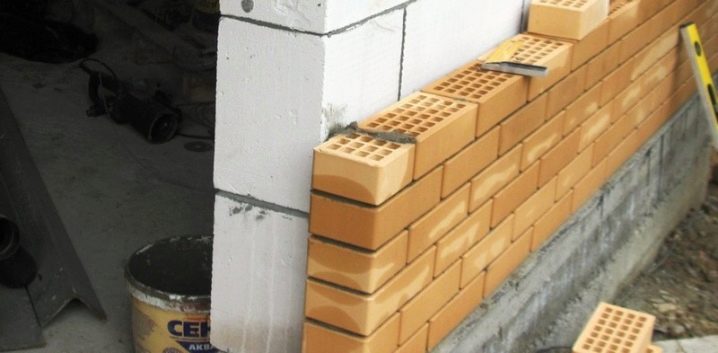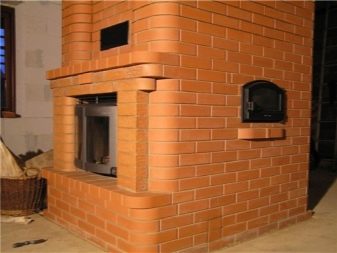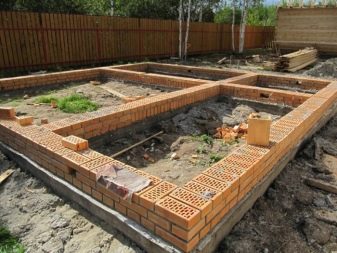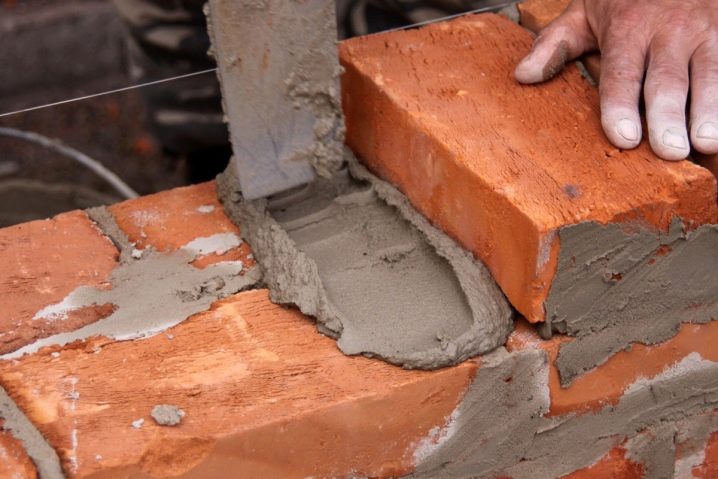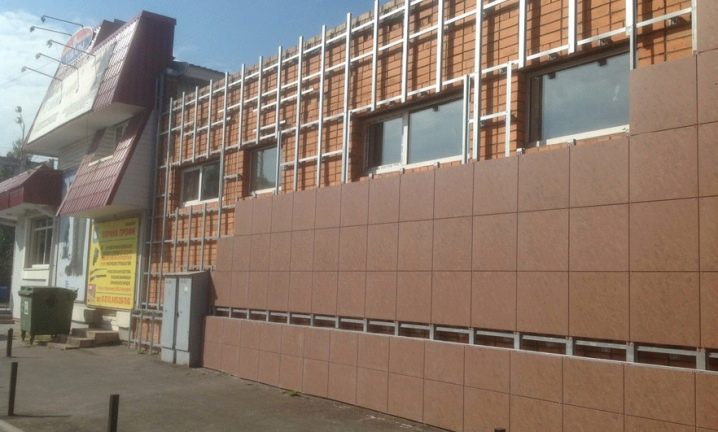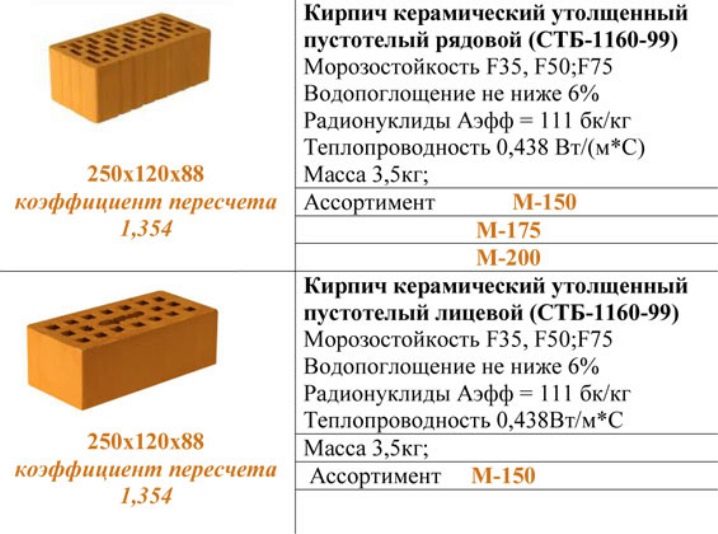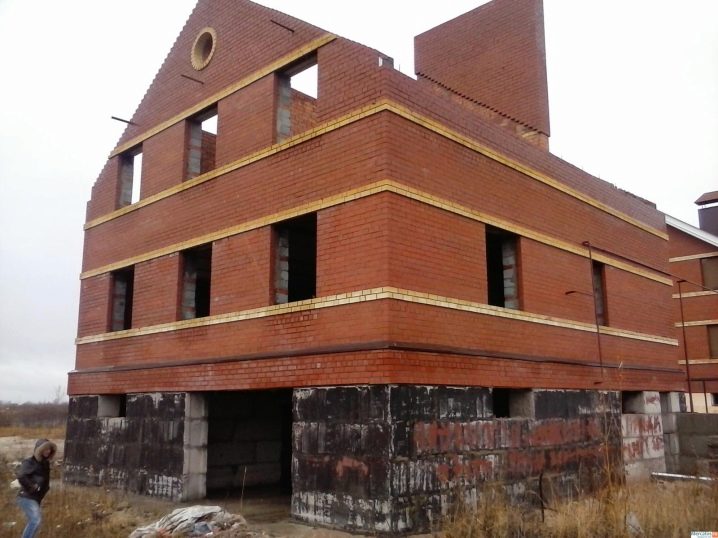M100 brick: characteristic, types and applications
In the production of bricks, various manufacturing techniques are used, which further determine the color, size and other characteristics of the product. Marking speaks about the basic parameters of the product. Each type has its own properties. The most commonly used in construction are bricks of models M100 and M150.
Description
Before you decide on the choice of building material, you should familiarize yourself with the technical characteristics of existing options. First of all, buyers are concerned about the strength indicators. Mark M100 means that the product can withstand a load of not more than 10 kilograms per 1 square centimeter. The dimensions of an ordinary brick are 250 millimeters in length, 120 and 65 millimeters in width and height, respectively.The weight of such a product is about 3.5 kilograms.
Brick M100 is most often used for the construction of private houses. This is due to the fact that this material is prohibited to apply if the height of the building is more than 2-3 floors.
When erecting high-rise buildings, you should not use a brick marked less than M150.
Species
The density of the brick is undoubtedly influenced by the material from which it was made. According to this product can be divided into several types. In addition to corpulent, hollow, single and a half, there are also ceramic, hyper pressed and silicate products. Consider these species in more detail.
Ceramic and silicate brick types differ, first of all, in composition. The first of these includes one or more than two types of clay, which is molded, dried and fired. Due to this, it is well tolerated by moisture. The second is composed of sand and lime. It is made in white color and has a low moisture resistance, due to which it has limitations in the field of application. Also, silicate brick is thinner than ceramic, although it provides at least good sound and thermal insulation of premises.
As for hyper-pressed products, they are 90% limestone, the remaining 10% are cement and dyes. Most often they are used in building finishing works. In this case, a large role is played by the variety of colors.
The facing brick can be issued in such shades as habitual red, brown, terracotta, and also an ivory and straw.
Ceramic products are corpulent and hollow. The difference lies in the content of through holes, thermal conductivity, moisture resistance. For example, in corpulent bricks, the presence of voids can not exceed 13%, while hollow ones perform heat much better, but they are less resistant to moisture.
Quality indicators and molding methods
It can be judged by the basic documents - the certificate of quality and the passport about how high-quality material the buyer intends to acquire. In these papers are the main characteristics and properties of the goods.
As for molding, it can be semi-dry and plastic. The most commonly used plastic process is the formation of bricks.Such products have no restrictions in use. The material is laid out in the form and subjected to pressure testing under pressure. Then drying is carried out, after which the product is burned under the influence of high temperatures.
Semi-dry molding involves roasting without pre-drying. This technology allows to get bricks with a porous structure. Such products have limitations in use, for example, they cannot be used in the construction of supporting structures and fences. However, they are well proven as a material for floors and walls inside the room. The bricks have an ideal shape, their coating is smooth and has no rough edges, which makes them an excellent option for tiling.
Dimensions
M100 bricks can be produced in 3 sizes. Their subsequent use depends on what kind of masonry the builders will use. Products can be single (250x120x65 mm), one-and-a-half (250x120x88 mm) and double (250x120x138 mm).
Weight varies depending on the size (from 2 to 2.3 kg in the first, from 3 to 3.2 kg in the second and from 4.8 to 5 kg in the third case).
If you take into account the size of the products, you can count their number, which is required during construction. These dimensions are considered to be standard.Also on sale are restoration products and bricks of European sizes.
Where does it apply?
Brick M100 is quite widely used in construction. According to consumer reviews, not everyone can positively evaluate its appearance. However, in such situations, you can hold the lining or use decorative panels. If you use the finish plates, in parallel, you can sheathe the walls of insulating material.
Solid brick M100 can be used in the process of building a foundation, and also when laying the bearing walls of the building. Ordinary brick is perfect for the assembly of stoves and fireplaces, but in this case you will need to veneer. He also, like the hollow, is used for the construction of partitions. For finishing work, an important factor is that you can easily cut a brick and give it the desired shape.
As for the solution for laying, here it is necessary to consider only the place of work. Cement composition is suitable not only for the construction of external walls, it can be used in any other case. Lime is excellent for indoor work.There are situations when there is an acute problem of the color of the seams. It is easily solved using dry mixes. In the construction of buildings where high temperatures will be observed, experts recommend using a clay solution.
Advantages and disadvantages
The wide demand for brick M100 is due to the large number of its positive qualities. First of all, it is an attractive price category. The cost of products is relatively small, which allows them to be viewed by consumers at various social levels.
Solid products can be used for a variety of works. In addition, it is quite realistic to do the laying yourself, it is enough to know the basics of construction technology and follow a number of rules. However, it should be borne in mind that for the construction of complex structures still need to turn to professionals.
Unary ceramic products M100 create excellent sound insulation of the room. In addition, the insulating properties of the material make it possible to refuse additional insulation.
However, it must be borne in mind that after working with an ordinary brick, lining will be required.This is not always beneficial from an economic point of view, so many buyers stop using face material.
Selection rules
When buying a brick M100 worth paying attention to a few highlights. As for size, most often the choice is between single and double. It all depends on the type of masonry, the material is chosen individually.
Since brick is the main building material used in the construction of buildings, it is necessary to take care of its quality characteristics. For example, you should choose the maximum parameter of defrosting and freezing cycles. This will extend the life of the building. The best choice would be the option of 30-50 cycles.
Corpulent bricks are used to make the foundation, however, there are limitations here. Products made by semi-dry molding technology have a slight frost resistance. Their use in this case, as in the situation with the outer lining, should be avoided. But they are perfect for the construction of partitions inside the building.
Brick M100 is suitable for the construction of houses with no more than 3 floors.For higher buildings, use products of other models.
The color of the brick is influenced by dyes and firing, so you should not conclude on the quality of products on its basis. Quality products should not have cracks and chips, and the material should not crumble.
To learn how to make a brick house yourself, you will learn from the following video.
